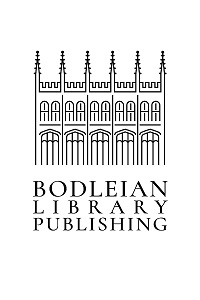Distributed for Bodleian Library Publishing
The Science of Life and Death in "Frankenstein"
The first book to compile the historical scientific and medical thought that influenced Mary Shelley’s Frankenstein.
What is life? This was a question of particular concern for Mary Shelley. But how did Shelley and her fellow Romantic writers incorporate this debate into their work, and how much were they influenced by contemporary science and medicine?
The Science of Life and Death in "Frankenstein" is the first book to synthesize the scientific and medical thinking about life and death during Mary Shelley’s lifetime. Sharon Ruston explores the contemporary scientific basis behind Victor Frankenstein’s idea that life and death were merely ‘ideal bounds’ he could transgress in the making of the Creature. Ruston contextualizes the novel alongside the work of the key scientific and medical thinkers of the day, including John Abernethy, James Curry, Humphry Davy, John Hunter, William Lawrence, and Joseph Priestley.
The book also examines what Mary Shelley herself knew and believed about the boundaries of life and death. Interweaving images of the Frankenstein manuscript, portraits, medical instruments, and contemporary diagrams, Ruston shows how this extraordinary tale is steeped in historical scientific and medical thought.
What is life? This was a question of particular concern for Mary Shelley. But how did Shelley and her fellow Romantic writers incorporate this debate into their work, and how much were they influenced by contemporary science and medicine?
The Science of Life and Death in "Frankenstein" is the first book to synthesize the scientific and medical thinking about life and death during Mary Shelley’s lifetime. Sharon Ruston explores the contemporary scientific basis behind Victor Frankenstein’s idea that life and death were merely ‘ideal bounds’ he could transgress in the making of the Creature. Ruston contextualizes the novel alongside the work of the key scientific and medical thinkers of the day, including John Abernethy, James Curry, Humphry Davy, John Hunter, William Lawrence, and Joseph Priestley.
The book also examines what Mary Shelley herself knew and believed about the boundaries of life and death. Interweaving images of the Frankenstein manuscript, portraits, medical instruments, and contemporary diagrams, Ruston shows how this extraordinary tale is steeped in historical scientific and medical thought.
192 pages | 32 color plates, 16 halftones | 6 1/4 x 9 1/4 | © 2021
History: General History
Literature and Literary Criticism: General Criticism and Critical Theory
Physical Sciences: History and Philosophy of Physical Sciences

